Hills Shire Council rejects Urbis plans for 23 storey residential, commercial precinct at Brookhollow Ave, Baulkham Hills
THE plans for a ‘revolutionary commercial and residential precinct’ in Sydney’s North West went before council this week, highlighting the significance an extra 1900 jobs would bring to the Hills economy.
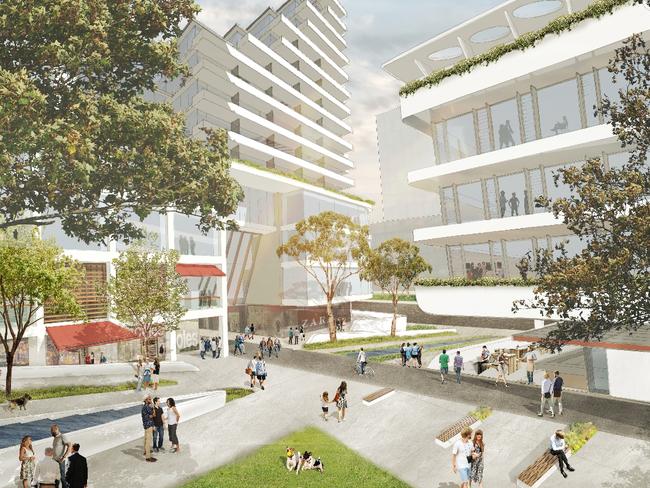
Hills Shire
Don't miss out on the headlines from Hills Shire. Followed categories will be added to My News.
A PROPOSAL for four high-rise commercial and residential towers as tall as 23-storeys in height has been knocked back by the Hills Shire Council.
The plans for a ‘revolutionary commercial and residential precinct’ at 26-30 Brookhollow Ave, Baulkham Hills went before council this week, highlighting the significance an extra 1900 jobs would bring to the Hills economy.
Urbis Director and applicant, Stephen White said the proposal would provide a long term vision for the future of the Hills commercial precinct, while introducing a new residential precinct “close to work”.
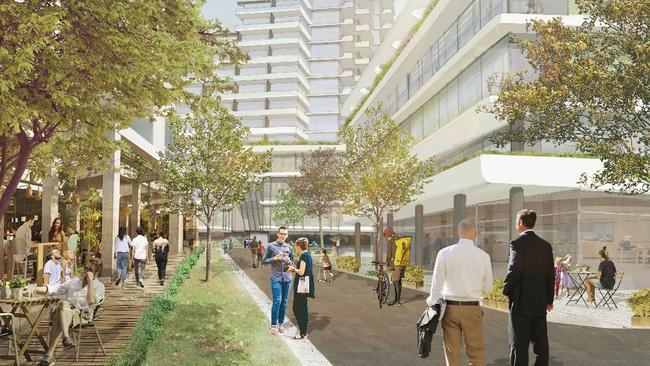
“We believe that the proposal would provide a significant contribution for Norwest Business Park and achieve 15 per cent of the job target for the entire park,” Mr White said.
The proposal includes 42,000sq m worth of commercial floorspace and the potential for 480 residential apartments.
“Proposals of this scale do not come around too often and we believe this is an important project that is a catalyst for change in the business park,” he said.
READ MORE
Plan for precinct around Norwest Private Hospital revealed by Mulpha
Novotel Norwest sold in off-market deal
Norwest housing: Sekisui House’s $1 billion Orchards masterplan
Developer, local politicians go toe to toe over vision for smart city
Hills Shire Councillor Mike Thomas said the people of Norwest and Bella Vista would support council’s decision.
“Too often we get planning proposals from applicants who have no intention of building the vision of community they sell us,” Cr Thomas said.
“Instead they sell the approval at massive profit to a developer who also has no intention of building the community sold to us.
“Its an old game that we don’t engage in.”
Both Cr Thomas and councillor Tony Hay raised concerns around the multiple land owners of the site.
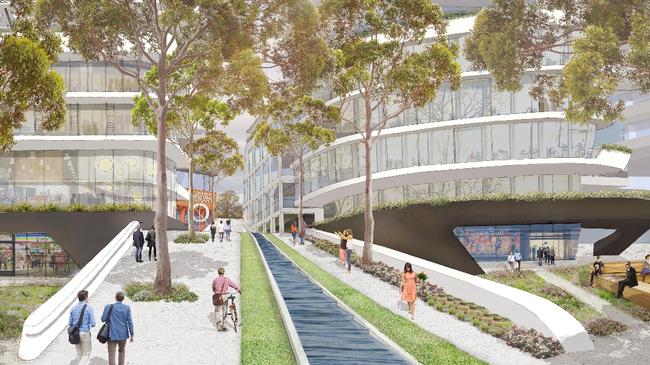
“When we get a planning proposal, we want to see it is deliverable based on the controls we give,” Cr Thomas said. “Fragmented ownership is a major impediment to this particular planning proposal being realised.
“Having said that, this proposal has a lot of merit in it. The site is extremely close to the station. We need to ensure that sites close to the station are developed in a way to take full advantage of the massive investment in rail by the state government.”
Councillor Peter Gangemi said council had no shortage of residential development applications and called for council to protect commercial space for future job growth.
“We all want as many job in the area as possible to support residents and boost the local economy,” he said.
DEMAND FOR COMMERCIAL, RESIDENTIAL MIX
PLANNERS are determined to remove our daily commute from the equation with proposals for people to live where they work.
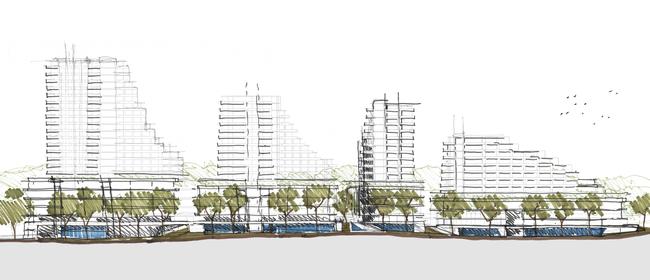
Urban development research professor Michael Darcy said popularity for plans that saw mixed commercial, retail and residential precincts were on the rise, with developers working to establish a one-stop-shop style development outside of the Sydney CBD.
“This kind of mixed use development is becoming much more common and the general direction of planning and development has been towards placing jobs and residential development close together,” Prof Darcy said.

“One of the major problems Western Sydney is facing is an increase in residential development but no commercial precincts and local jobs to match — Parramatta is a key example of this.”
Prof Darcy said mixed use development, such as the one proposed in Norwest, makes a precinct more viable.
“In general this is usually a good idea to put jobs near residential development, it reduces carbon footprint and commuter time which leads to a decrease in employment turnover for businesses.”
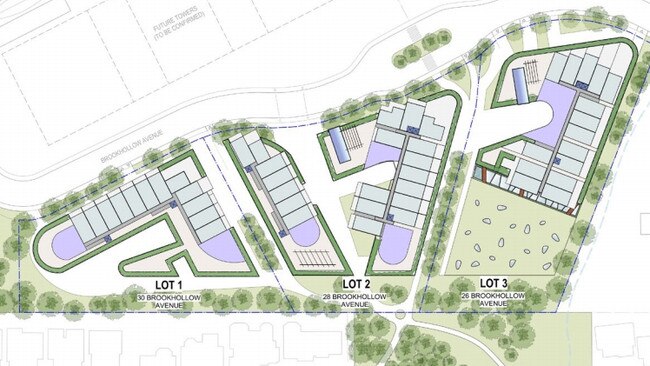
But Prof Darcy said the jury is still out when it comes to whether or not employees would “live where they work”.
“There is this belief that tenants of apartments would work in the same building but usually this is not the case,” he said.
“In most instances this would not be a viable option for employees.”

